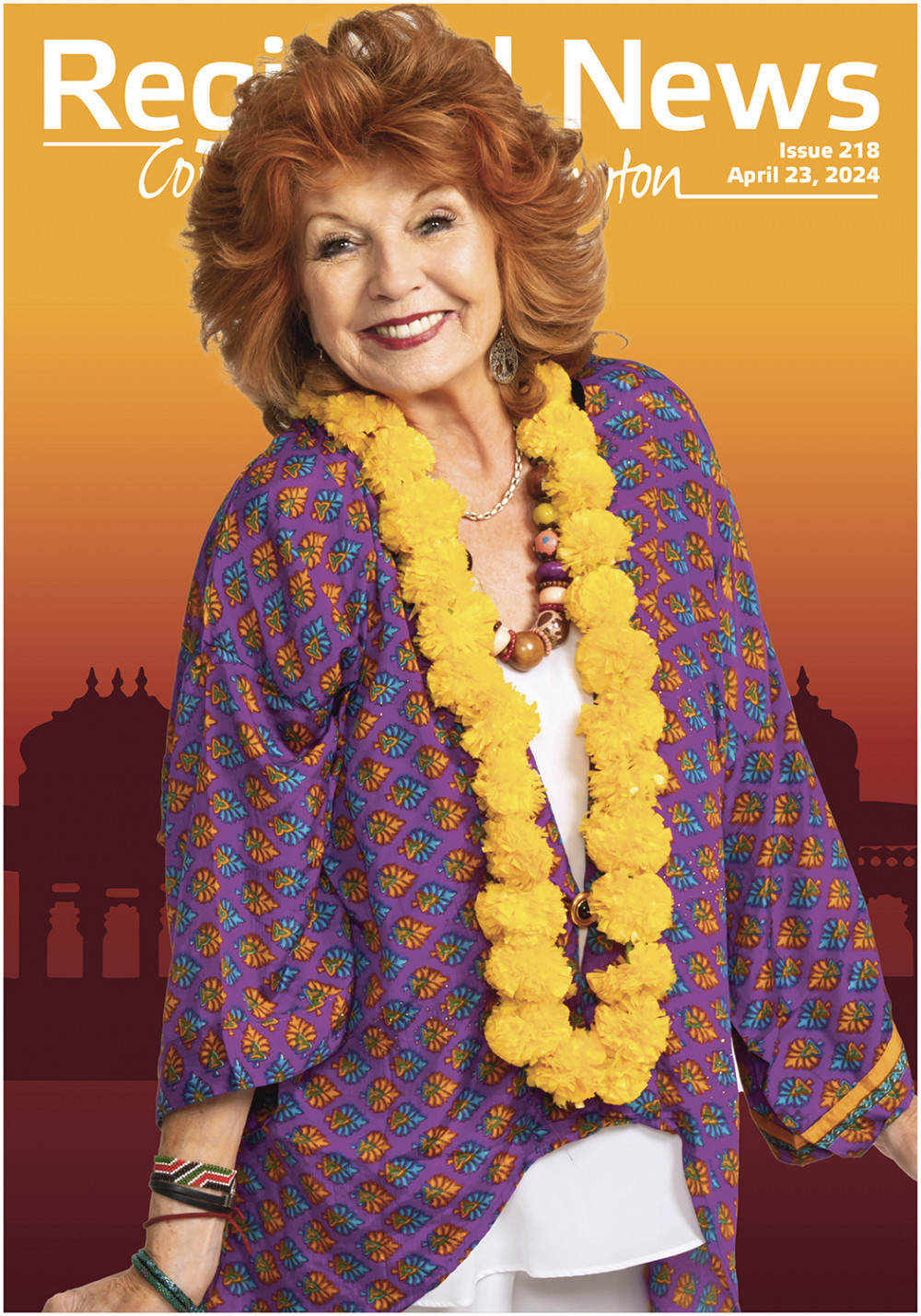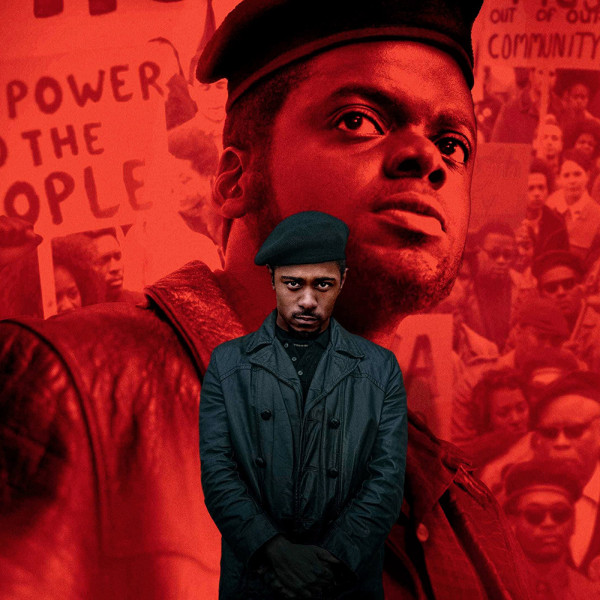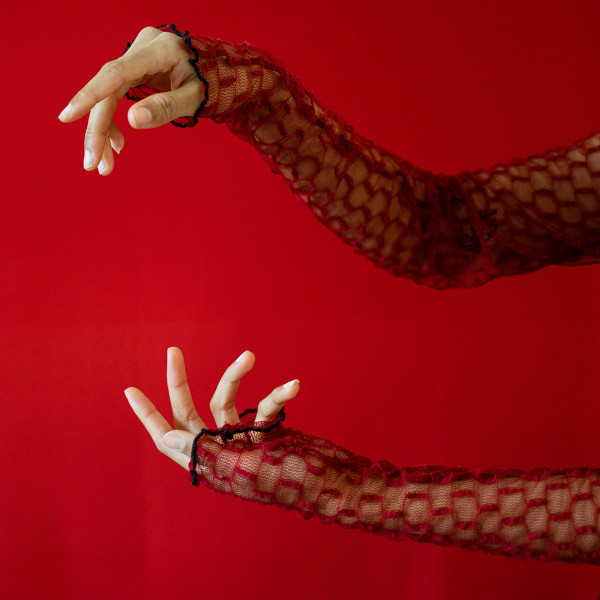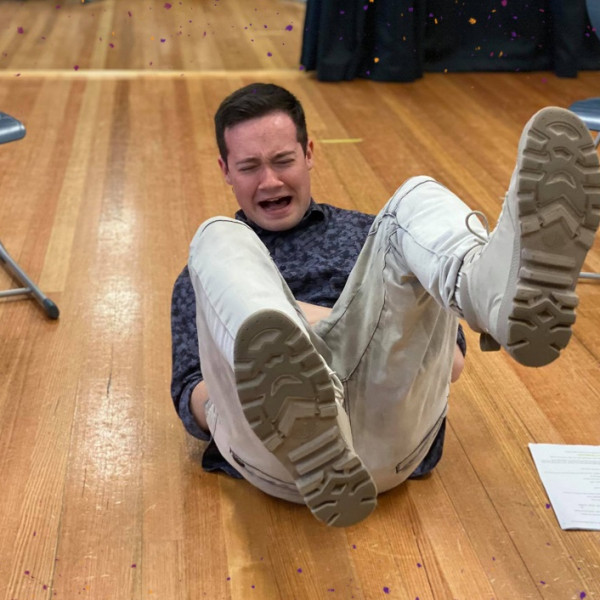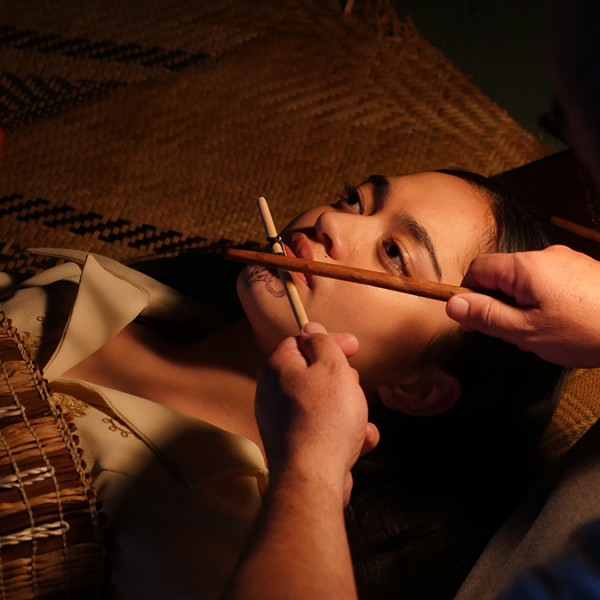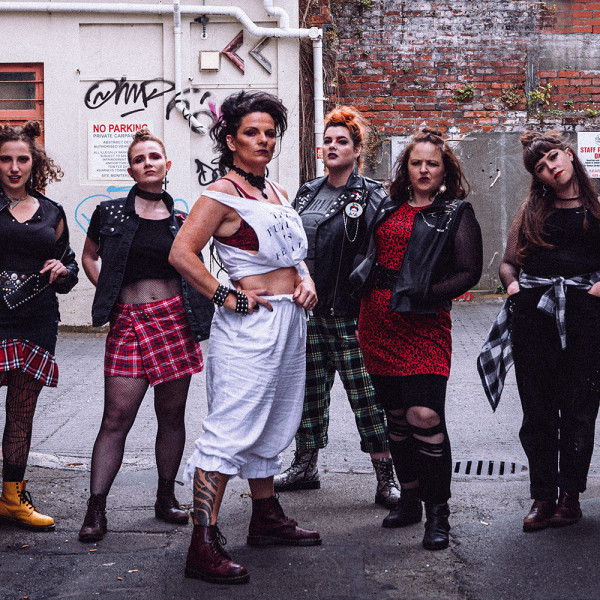
Love and Plastic Roses
Written by: Isabella Murray and Revena Correll Trnka
Directed by: Revena Correll Trnka
Te Auaha, 9th Mar 2021
Reviewed by: Madelaine Empson
Starring its creator Isabella Murray as Bella, Love and Plastic Roses is a solo show about the pressure people can feel to make romantic and sexual connections with others.
Bella sits down for a date at a table set for two, with cheesy mood lighting and music (both co-designed by Revena Correll Trnka and Murray) setting the scene and creating a soft, pretty aesthetic. She faces the audience while her date is represented by a robotic voiceover and an empty chair with its back to us.
I experience some confusion while watching Love and Plastic Roses, at first believing Bella to be on one date. With the introduction of more Siris and Alexas, so to speak, I start to think we’re witnessing multiple dinners, with each date more mechanical than the last. After Bella mentions never having been out with anyone, I wonder whether we’re watching her rehearse these situations and they’re not real after all. Maybe the circumstances aren’t important and not knowing is the point, but while trying to piece the action together, I find myself missing some beautiful moments onstage.
Some decisions are clear and clever, with metaphors woven throughout that suggest Bella is just going through the motions, that everything is not coming up (plastic) roses. A gradual change of lighting state catches me by surprise and makes me chuckle more than once, while Bella’s soliloquies and asides feature some arresting lines that catch my heart in my chest.
Murray’s performance is heartfelt and captivating. While it’s possible she reaches peak panic mode as Bella a little too early, she puts in the kind of unreserved energy that I can’t look away from.
There are some great ideas brewing in this work, which has a strong backbone and an authentic story at its core. With a little more workshopping and development, Love and Plastic Roses has all the makings of a show you’ll never forget.



